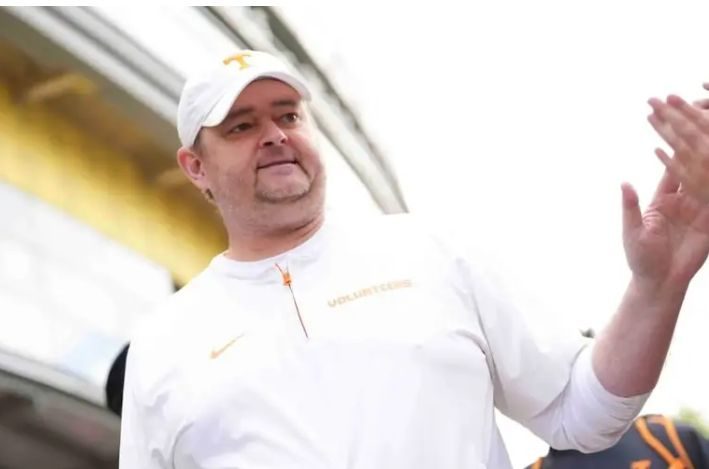The recent departure of Tennessee quarterback Nico Iamaleava amid a high-profile Name, Image, and Likeness (NIL) dispute marks a significant turning point in college football’s evolving landscape. Iamaleava, a redshirt sophomore who led the Volunteers to a 10–3 season and a College Football Playoff berth in 2024, reportedly sought to double his existing $2 million annual NIL compensation. His absence from team activities and subsequent removal from the roster by head coach Josh Heupel underscore the growing influence of NIL negotiations on team dynamics .This incident highlights the shifting balance of power between student-athletes and collegiate programs. Iamaleava’s initial NIL agreement, reportedly totaling $10 million, positioned him as a pioneer in the NIL era . His recent actions, including skipping practice to renegotiate his deal, have sparked discussions about the extent of leverage athletes hold in the current system .Tennessee’s response to Iamaleava’s demands—removing him from the team and preparing to enter the transfer portal—reflects the challenges programs face in managing NIL expectations. The Volunteers now turn to redshirt freshman Jake Merklinger and true freshman George MacIntyre to fill the quarterback position, while also exploring options in the transfer portal .Iamaleava’s situation is emblematic of the broader changes in college athletics, where NIL deals and athlete autonomy are reshaping traditional structures. As universities and governing bodies navigate this new terrain, the balance between athlete compensation and program stability remains a central concern.
















